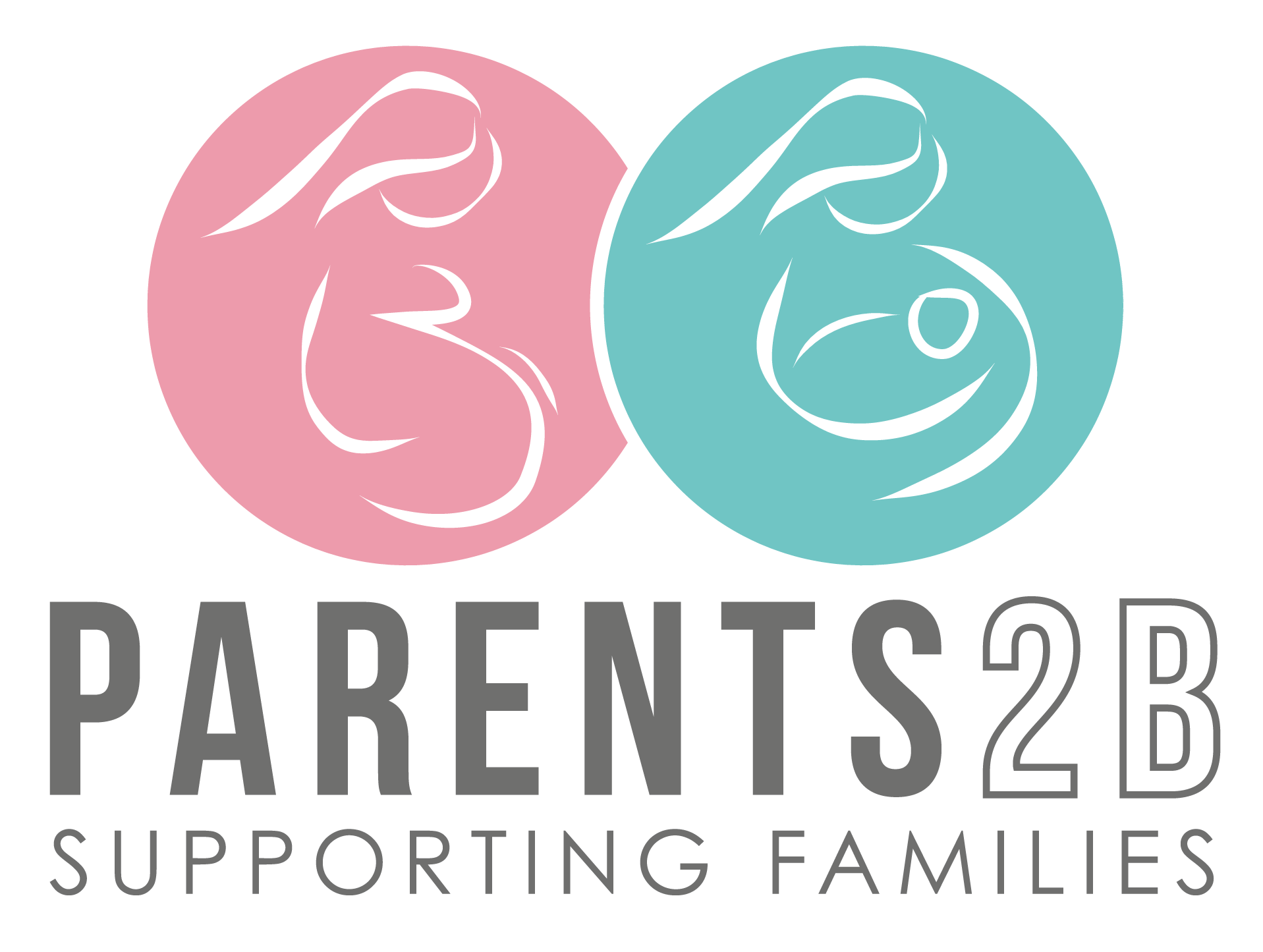
Fussy eating; where to start?
All children go through fussy eating phases. But if you have been referring to your child as “fussy” across multiple health check-ups since they started solid foods, it might be time to seek advice for this as an ongoing
issue.
Some of the things to ask yourself are: how long this has been an issue, how many foods do they regularly accept/eat, what variety/types of foods they will eat, and how do they react to foods that they don’t like or are
new?
Let’s look at these questions in more detail:
How many foods will your child eat? Most children will accept at least 30 or more individual food items on a regular basis. If a child never progresses to this variety by around 2 years old, or if their list gets shorter as they get older, then this can be of concern and indicate a greater issue.
You may have heard before of “food jags”. This is where a child may eat something regularly (or even demand it frequently) for several weeks/months. Following this they often suddenly reject this “favourite” food due to burn out. For most children, after 2 or more weeks if the food is re-offered, the child will happily return to eating it. If the food is never accepted again, even weeks or months later, then this could be cause for concern. If foods that are lost after a food jag never return, over time the child’s list of accepted foods will get shorter and shorter.
What is the variety of foods accepted by your little one? Do they eat a variety similar to what you do?
Or perhaps do they only accept certain textures of foods e.g. wet, well cooked, soft foods but no hard/chewy foods like steak or apple with skin? Or are they are limited to what parents often call the “white and beige” diet, where foods of more varied colours are rarely accepted? This could indicate a difficulty with certain food types.
How does your child react to non-preferred foods or new foods? While all children may whinge or object to these things at times, they are usually able to cope with the food being on their plate, will be able to push it around with their fingers or fork, and may even try the food with encouragement. A child who is experiencing more challenges with eating will frequently cry or “fall apart” even at the sight of these foods on their plate and will completely refuse to try the food. Is this happening for you?
Some issues that contribute to children not wanting to eat include underlying illness/health issues, lack of adequate oral motor skill development for age, and sensory processing issues.
The Feeding Matters organisation has a quiz that can be completed online
https://questionnaire.feedingmatters.org/questionnaire if
you are feeling unsure!
Our simple fussy eaters can usually be managed with basic strategies over time including routine, exploration, and encouragement. My colleague, Janita, did a great blog for P2B on “what to do if my child doesn’t eat their
dinner” earlier this year that has some great starting tips!
However, if your little one is showing some of the concerns noted above, they may be genuinely struggling with feeding, and need greater support to move forward. An appointment with one of our friendly Paediatric
Dietitians might be a helpful strategy to get the support you need to help your little one enjoy a more varied diet.
Clare Barrett
Paediatric Dietitian for Way of Life Nutrition
www.wayoflifenutrition.com.au
* The information contained in this website is for general information purposes only. The information is provided by Parents2b and while we endeavour to keep the information up to date and correct, we make no representations or warranties of any kind, express or implied, about the completeness, accuracy, reliability, suitability or availability with respect to the website or the information, products, services, or related graphics contained on the website for any purpose. Any reliance you place on such information is therefore strictly at your own risk.


0 comments
Write a comment